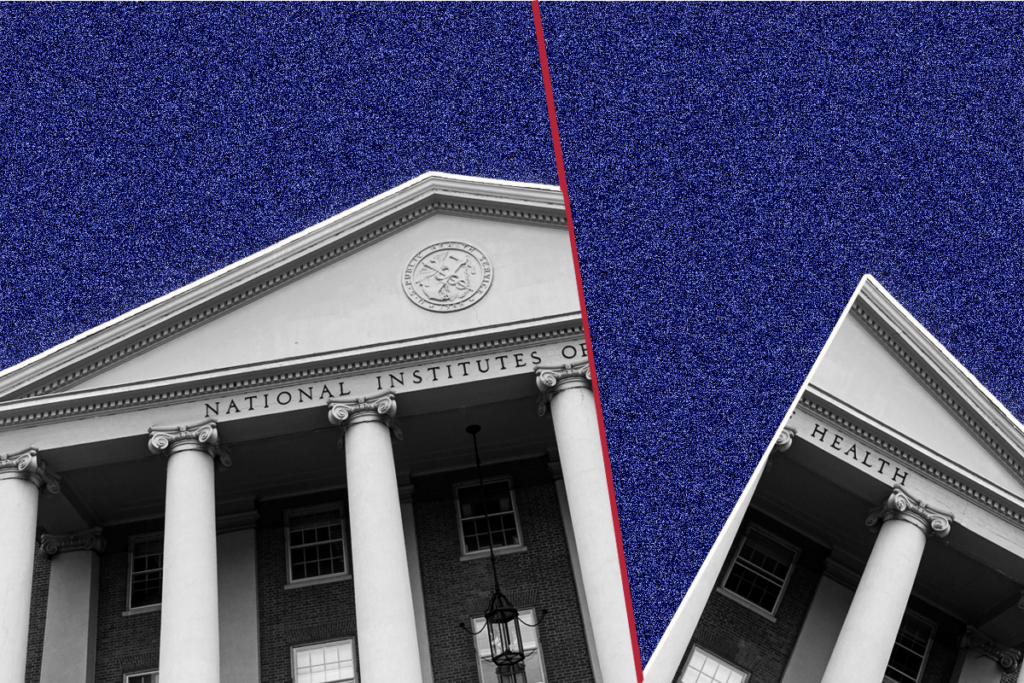Cognition and behavior: Hearing delay unique to autism
An abnormal response to sound detected by brain imaging may distinguish children with autism from those with specific language impairment, according to a study published 30 May in Neuroreport.
An abnormal response to sound may distinguish children with autism from those with specific language impairment (SLI), according to a study published 30 May in Neuroreport1. A non-invasive technique called magnetoencephalography (MEG) can detect this response and may help diagnose autism, the researchers say.
Autism is diagnosed based on core symptoms that include language impairment. SLI, by contrast, is characterized by language impairment alone, and is unaccompanied by other symptoms, such as intellectual disability.
Researchers are trying to find a more objective measure, or biomarker, that could diagnose infants with autism before symptoms become apparent.
In a 2010 study, a team at the Children’s Hospital of Philadelphia found a characteristic brain signature in children with autism. Dubbed the M100, the response occurs 100 milliseconds after an individual hears a sound, and is delayed by about 11 milliseconds in children with autism.
In a follow-up study published last year, the researchers investigated the mismatch field latency, or MMF, a brain response detected by MEG that peaks after individuals hear an unusual sound. Children with both autism and language impairment have, on average, a 50-millisecond delay in the MMF compared with controls, the study found. The researchers suggested that this delay in sound processing could explain language deficits broadly, beyond those seen in autism.
In the new study, they looked at both the M100 and MMF responses in 17 children with SLI and 21 controls. Like children with autism, those with SLI have a delay of about 50 milliseconds in their MMF response, the study found.
However, these children have an M100 response that is indistinguishable from that of controls. This suggests that the M100 delay is an autism-specific biomarker, the researchers say, and may contribute to diagnosing the disorder.
References:
1: Roberts T.P. et al. Neuroreport 23, 463-468 (2012) PubMed
Recommended reading
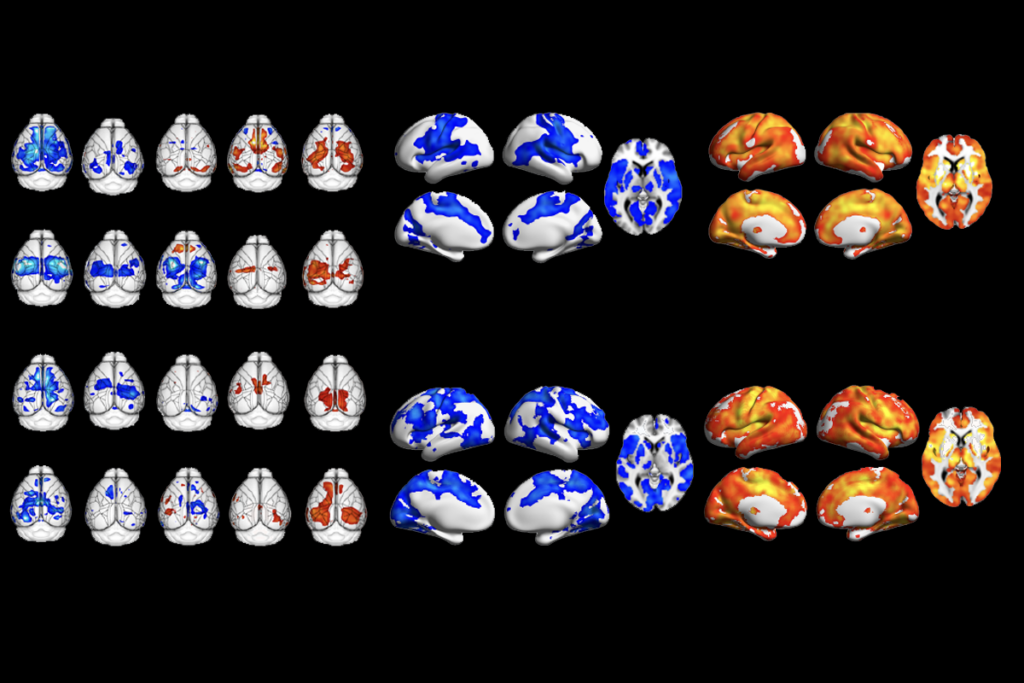
Too much or too little brain synchrony may underlie autism subtypes
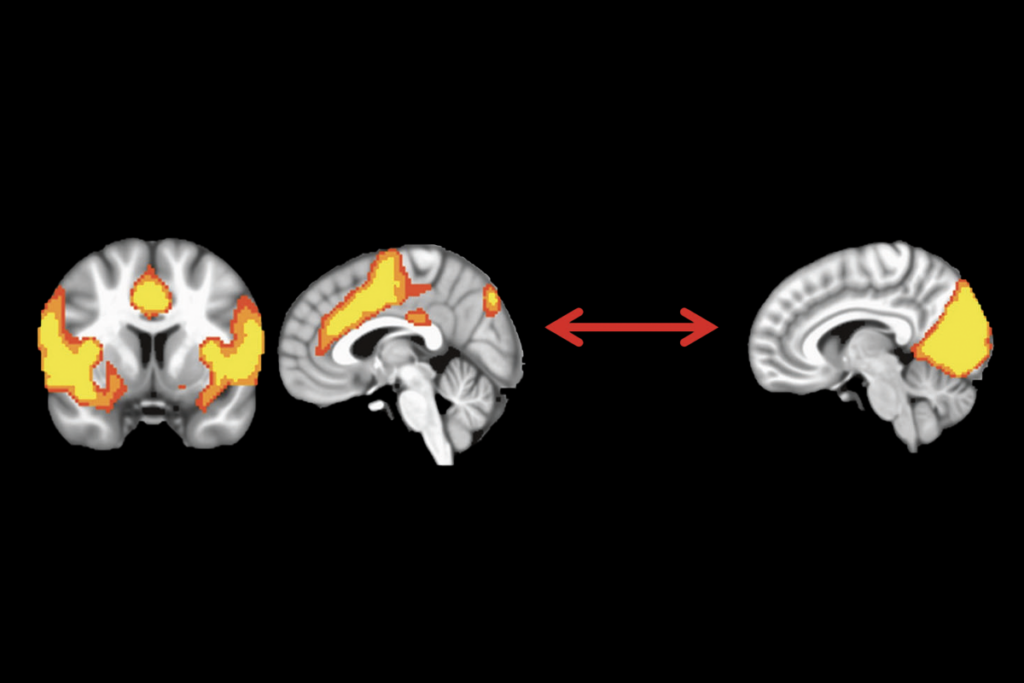
Developmental delay patterns differ with diagnosis; and more
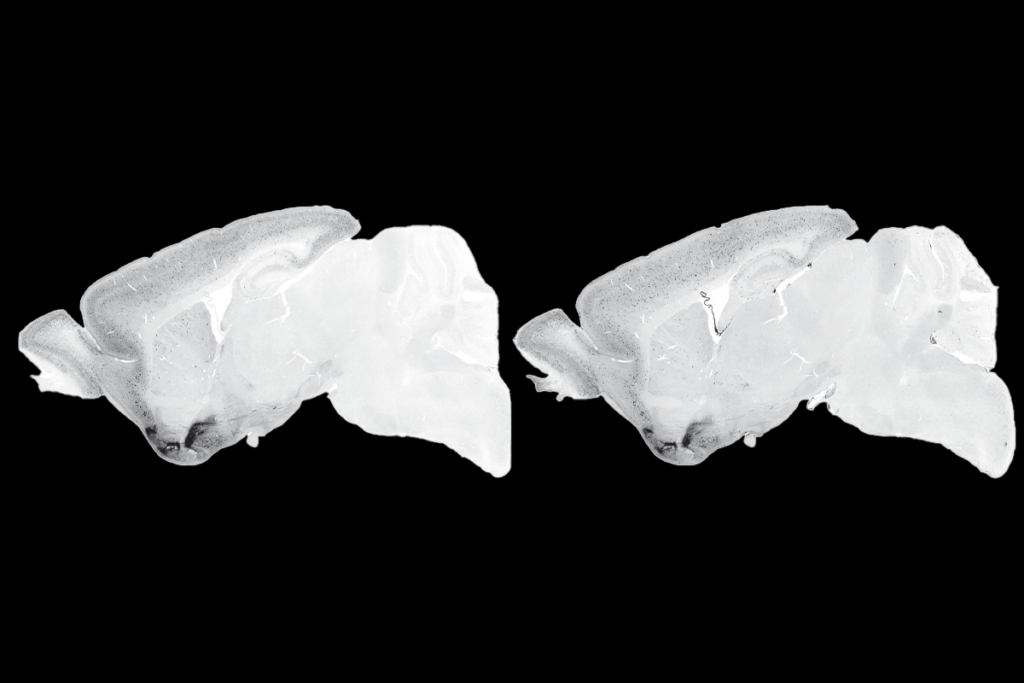
Split gene therapy delivers promise in mice modeling Dravet syndrome
Explore more from The Transmitter
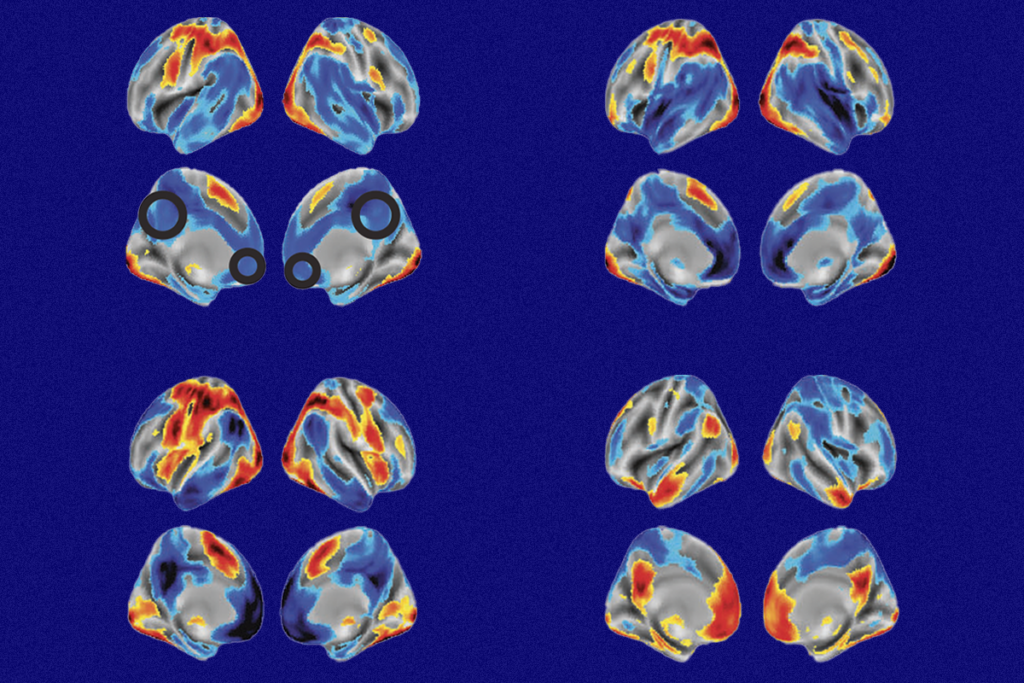
During decision-making, brain shows multiple distinct subtypes of activity
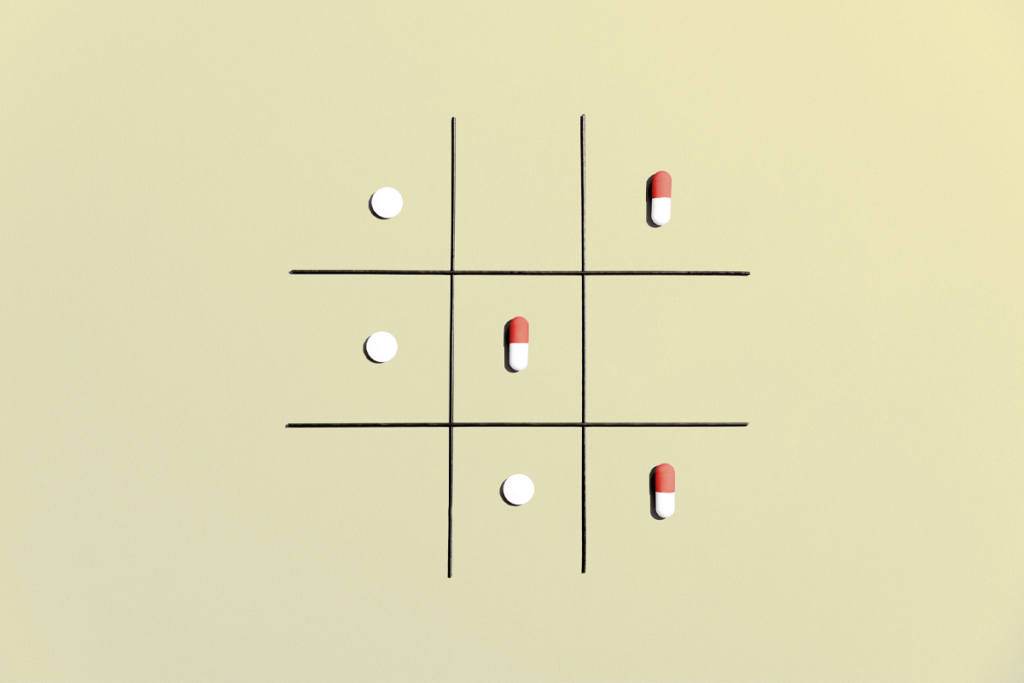
Basic pain research ‘is not working’: Q&A with Steven Prescott and Stéphanie Ratté
